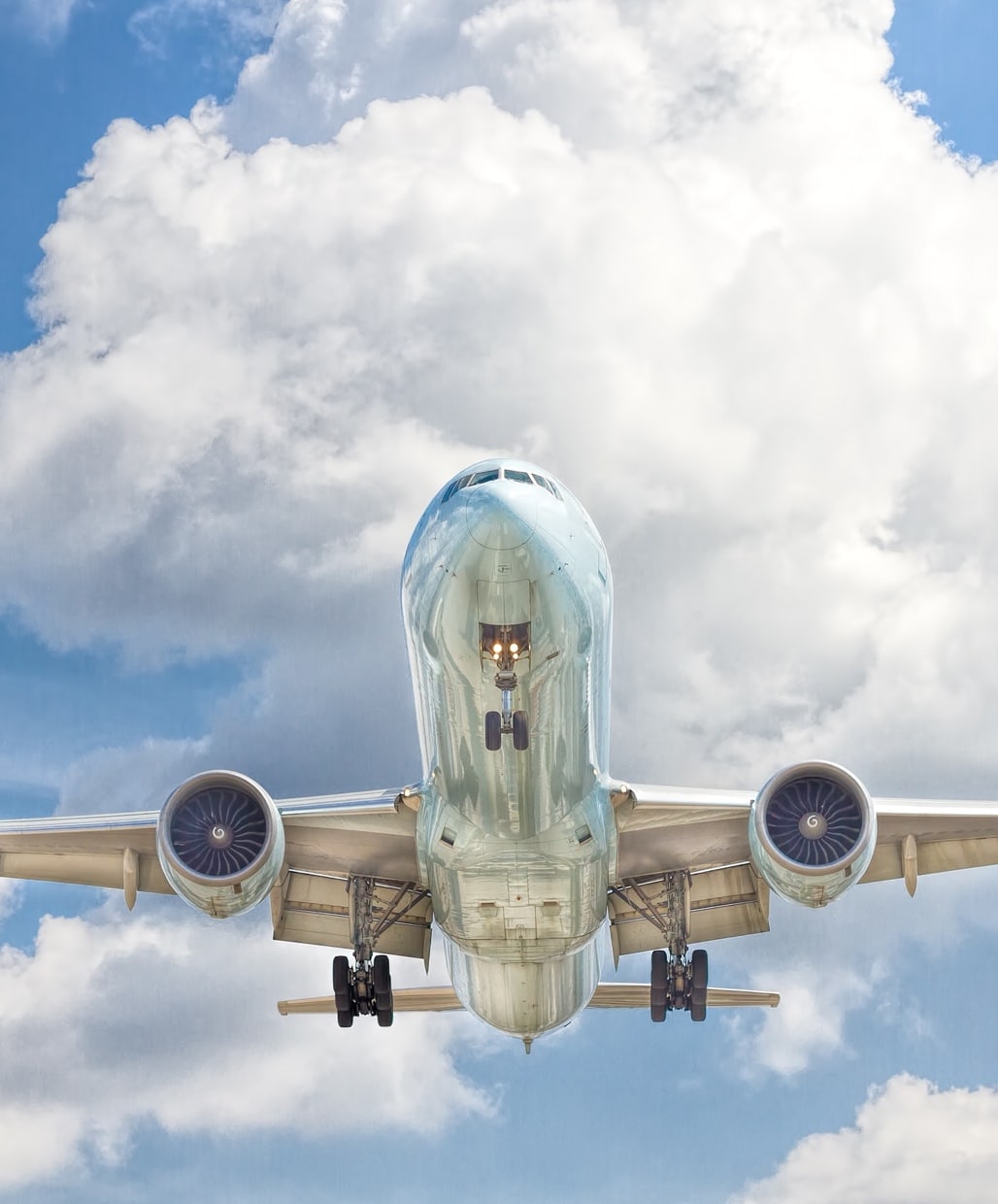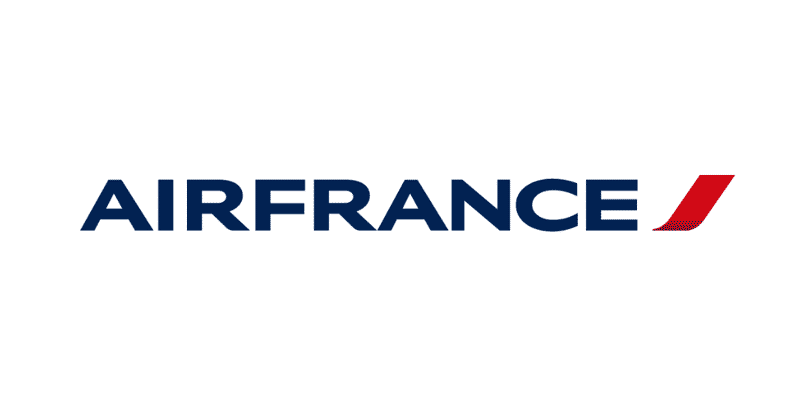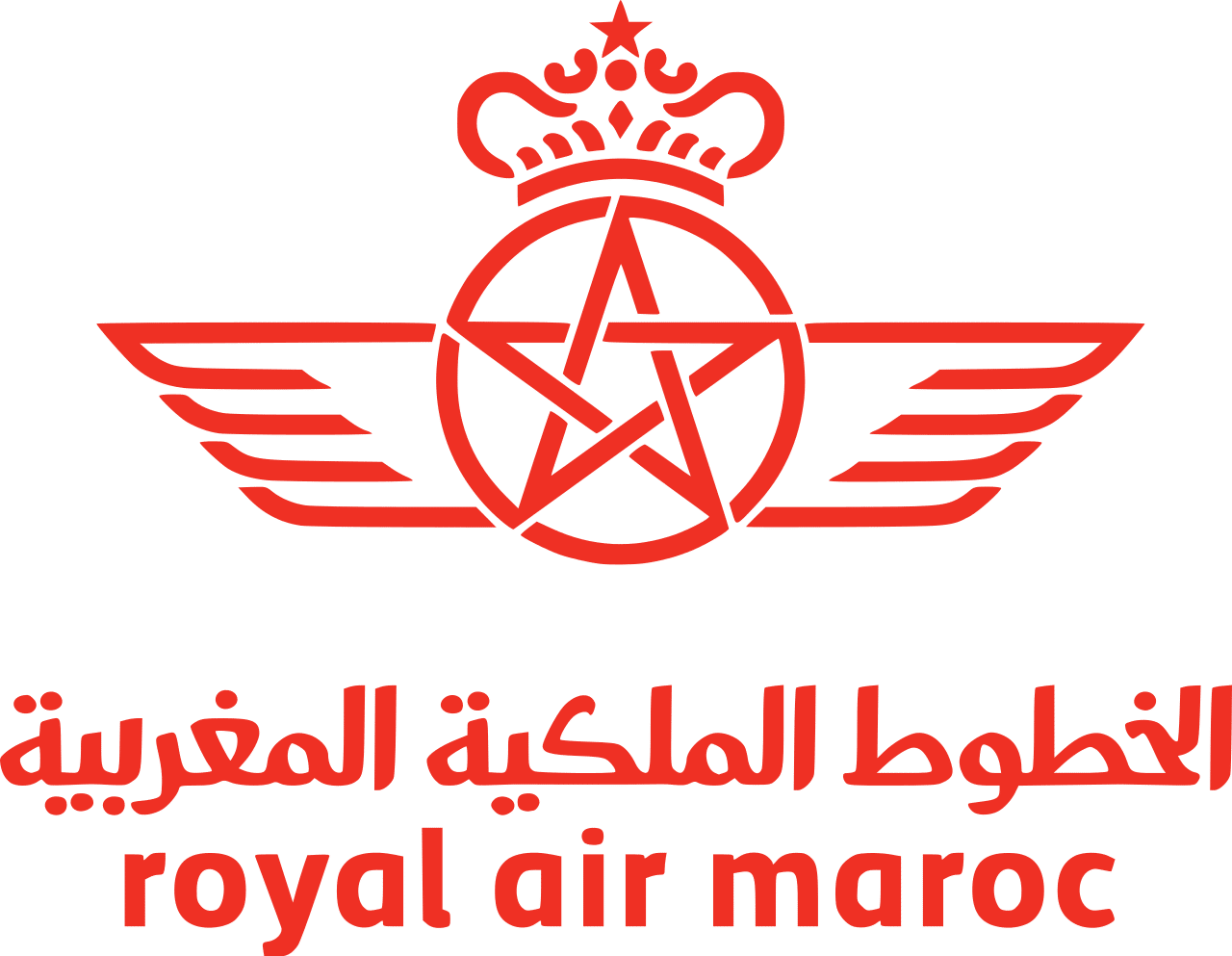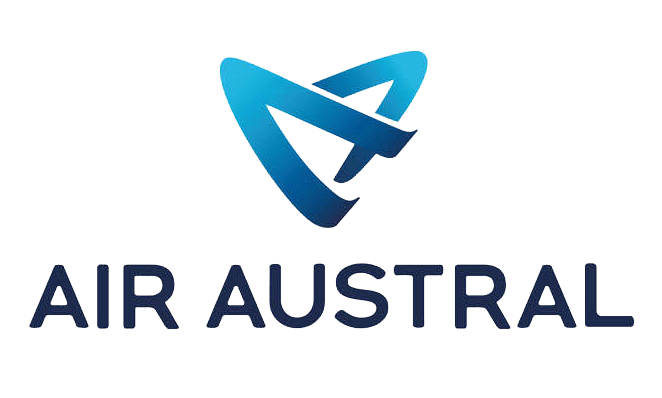
Since 1996, AVICO has been managing ACMI (Aircraft, Crew, Maintenance and Insure – aka wet or damp lease) operations on a short- and long-term basis between airlines, for every type of aircraft (regional, short or long haul aircraft for passenger or cargo), responding to urgent requests or seasonal contracts.
AVICO’s added value is reflected by its skills and know-how in all key aspects of ACMI wet leasing : up-to-date information regarding aircraft availability of over 200 airlines worldwide, deep understanding of regulatory and contractual constraints, payment guarantees, in situ operational coordination, round-the clock operations and logistics management by our 24/7 operations team, implementation of alternate solutions in the event of mishaps.

- Optimization of seasonal peak of traffic : ramp up capacity only if and when it makes financial sense
- Flexibility for launching new airlines and new routes : test and learn.
- Quick fix to limit reputational impact in case of last minute flight operations disruption, industrial action or AOG.
- Absorption of sudden extra activity (repatriations…) or flight schedule disruption
- Substitution of aircraft undergoing planned maintenance or late delivery of new aircraft in the fleet
What is ACMI Leasing or sub-chartering?
An ACMI lease, short for Aircraft, Crew, Maintenance, and Insurance, (or commonly known as a wet lease), is a sub-charter operation between airlines. The leasing operator (lessor or wet lessor), provides the following: Aircraft, Crew, Maintenance and Insurance, and the client airline (the lessee or charterer), is responsible for the flight operations including: fuel, airport assistance, traffic rights, overflight taxes etc.
For the client airline, ACMI leasing is a way to meet anticipated needs and enhance operational flexibility, but it also offers operators the possibility of sourcing a substitute aircraft in the event of an emergency.
It allows the chartering airline to adjust its flight schedule to accommodate seasonal surges or streamline the introduction of new routes. It can provide a prompt and suitable solution to events such as aircraft breakdown, AOG, aircraft immobilization, late aircraft delivery, and crew constraints, thereby avoiding flight cancellations and significant delays that would disrupt passenger travel.
For the leasing airline, which provides the aircraft, it is an opportunity to fly an aircraft that has no scheduled activity or to make wet leasing a standalone business, as some airlines are dedicated solely to this ACMI leasing activity.
What are the different aircraft leasing options ?
Airline aircraft leasing takes two main forms:
- Dry Lease: The lessor provides the lessee with only the aircraft. The lessee integrates the aircraft into its fleet.
- Wet Lease or sub-chartering: is structured by four ACMI components: Aircraft (A), Crew (C), Maintenance (M), and Insurance (I). The lessor keeps the aircraft in its fleet list and provides the crew (pilots and cabin crew). The lessee will subsequently control the flight operations providing flight number, traffic and overflight rights, airport assistance, fuelling, passenger catering, and cargo handling.
An alternative for long term contracts is known as damp leasing. The lessor airlines provides the aircraft and pilots, and the lessee uses its own cabin crew. On rare occasions, the lessee may even provide both pilots, in which case this is referred to as an AMI contract.
Which airlines charter their aircraft ?
Some airlines exclusively specialize in ACMI aircraft leasing and charter, and do not operate scheduled flights.
Scheduled carriers are often clients for ACMI leases but can also become ACMI wet lease providers during periods of reduced activity or when they have spare capacity.
AVICO’s expertise is built upon years of establishing partnerships with all these ACMI providers. We possess the technical auditing skills required to deliver products and services that adhere to the exacting standards demanded by airlines.
Thanks to its international network and team of experts, AVICO connects airlines that need aircraft with those that are looking for opportunities. Our goal is to make it easy for airlines to work together and find the right solutions for their needs in the aviation industry.
How are insurance and liability shared during and ACMI leasing ?
The lessor who retains the aircraft on its fleet list, is primarily responsible for the aircraft and its airworthiness.
The lessee airline, which charters the aircraft, is responsible for the payload, which is the passengers and transported cargo.
The lease agreement outlines the functions and responsibilities of the parties involved and should provide all necessary details to avoid potential disputes.
Each party must ensure that the insurance policy is comprehensive and correctly distributed. Typically, the lessor insures the aircraft (hull) and third parties on the ground, while the lessee insures the passengers and the transported cargo. It is also necessary to make sure that the insured amounts allocated to passenger coverage are compatible with the countries of operation and airline policy.





